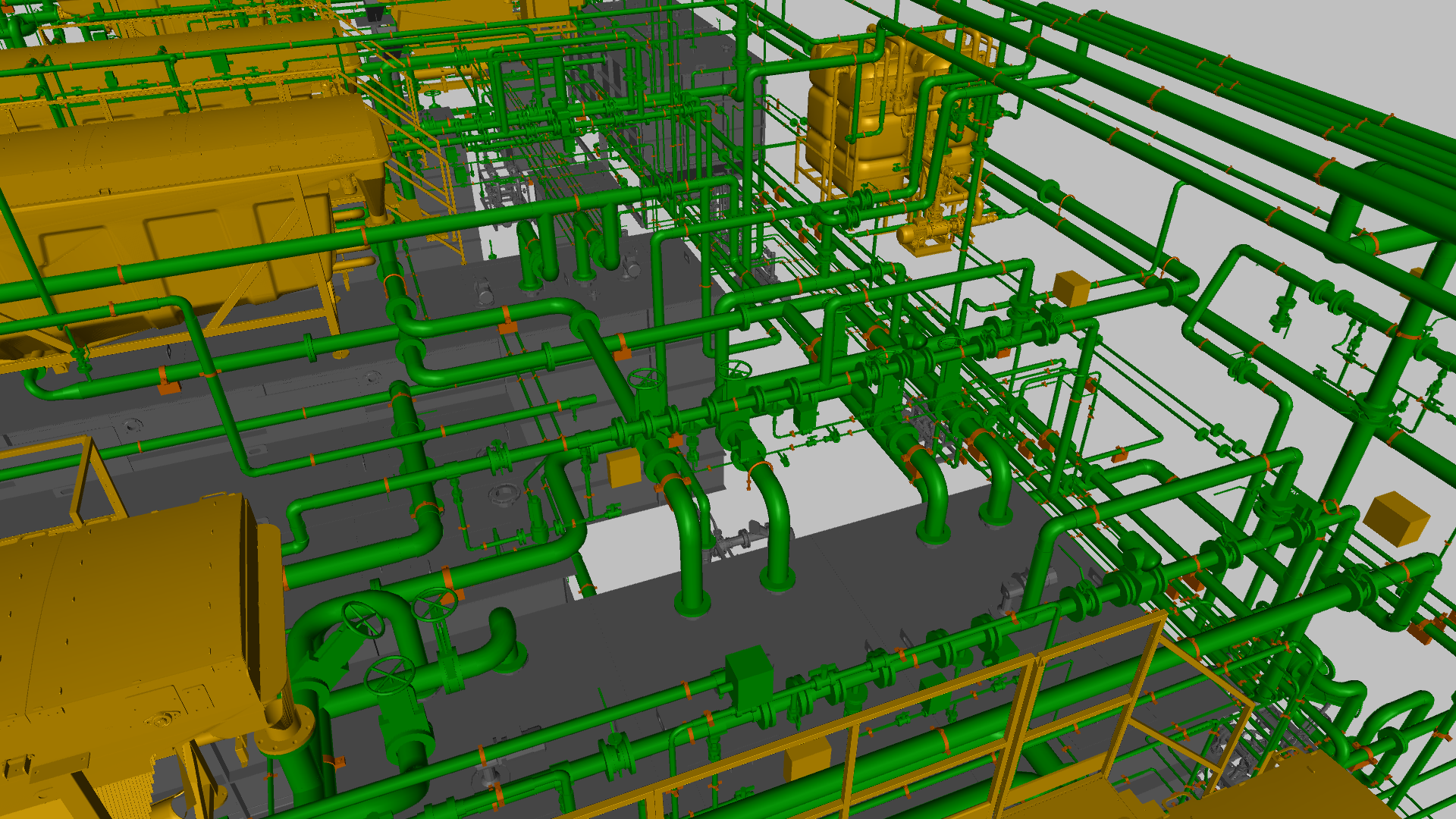BIM design technology has reliably entered the construction sector. With the help of digital technologies, specialists in the field of architecture and construction plan, design and build with a high level of accuracy. BIM design makes it possible to efficiently operate buildings and infrastructure facilities. The final product of computer–aided design is building model.

developed by IM Consult.
What is BIMs?
Building Information Modeling (BIM) is a broad concept that combines the technology itself, the design object, tool software and databases. The work on automated design is carried out by teams of qualified specialists with knowledge in the field of construction, expertise and special software. The result of joint work are BIMs – building information models of the projected object.
BIMs are computer copies of the future structure, embodied in a figure. These are object-oriented three-dimensional models reflecting the physical, functional, visual and other characteristics of the future structure and its individual parts in the form of a set of information-rich elements.
Construction is a very expensive undertaking. Any mistake, ultimately, results in serious temporary, financial, and sometimes even human losses. The traditional design method previously consisted of drawing up drawings, specifications and descriptions of the future structure. This process took a long time and was accompanied by endless examinations of the work done to identify possible errors and inconsistencies.
The specifics of creating a building information model of an object allows you to find and correct errors at the design stage, and the probability of their presence in the final model is minimal.
BIM regulation
Order No. 928 of 31.12.2020 of the Ministry of Construction of the Russian Federation approved a set of rules "Information modeling in construction. Rules for the formation of an information model of objects at various stages of the life cycle". The document regulates all aspects of digital modeling and the final product, such as:
- Software;
- Composition and levels of elaboration of elements of the building information model (BIM) for various stages of the life cycle;
- BIM quality;
- Formats for issuing project results;
- Formation of BIM during research and design;
- Others .
Each stage of the creation of the CIM is regulated by the above set of rules indicating: name, type of model, designation of the level of development of the building information model, description, source information.
The increased attention to digital design on the part of government agencies is quite understandable. Construction is an industry that pulls a chain of related industries that ensure the labor market, the development of the country's economy as a whole and competitiveness in the international market. Successful, cost-effective construction and operational safety are ensured at the design stage.
General requirements for BIM
The above set of rules is aimed at improving the quality of design in construction and summing up a unified base of requirements for digital modeling using different software products. As the main requirements for any BIM can be distinguished:
- The digital information model of the object and the accompanying technical documentation must correspond to each other;
- The structure of the model is determined depending on the type of object and the structure of the technical documentation at the appropriate stage of the life cycle;
- All BIM elements must be uniquely identified and divided into categories;
- For unambiguous identification, each element of the digital model has a set of attributes indicating their values that match those specified in the technical documentation;
- The elements of the model have dimensions corresponding to the actual ones (with the exception of those presented in the form of graphic designations);
- Points of connection to engineering networks are fixed on the elements of engineering systems;
- Others .
In addition, the general requirements specifically highlight the rules for displaying internal and external engineering systems.
How is the BIM created?
Процесс создания цифровой модели – многоступенчатое мероприятие, требующее профессиональных знаний в строительстве и соответствующем программном обеспечении.В модель добавляются сведения о том, какие методы и строительные материалы будут использованы. Умные технологии способны в автоматическом режиме составлять календарный график реализации проекта.
Who is BIM useful for?
The digital information model allows you to determine financial investments for the construction of a future construction object. The informativeness and visibility of the design result make it possible for a wide range of interested persons who do not have special knowledge in construction to use it.
As a result of the work of designers at different levels of development of the digital information model, customers have draft, design and information, construction, executive and operational documentation. They get the opportunity to coordinate the project, check and accept data, and manage the model comprehensively. The model will take into account the requests of the maintenance service regarding the use of engineering networks. Investors will be able to control the financial budget and compliance with construction deadlines.
Thanks to the BIM, construction control is optimized – technical supervision of the customer, author supervision and production control.
BIM is not only automation and optimization of the project process. It is the elimination of errors, as well as a significant reduction in the costs of design, construction and operation.





